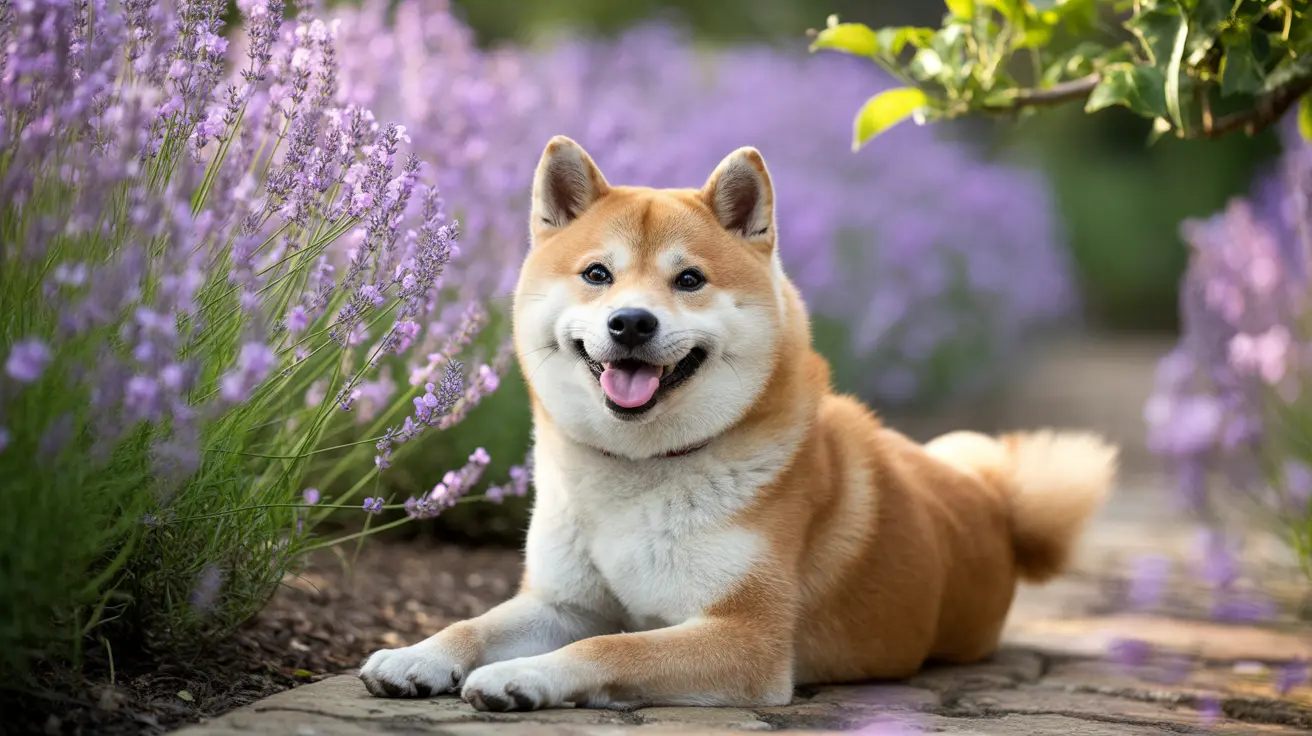Introduction
Understanding dog facial expressions is a crucial skill for any pet owner or animal enthusiast. Our canine companions use a sophisticated array of facial movements and expressions to communicate their emotions, needs, and intentions. By learning to interpret these subtle signals, we can better understand our dogs' emotional states, prevent potential behavioral issues, and strengthen the bond we share with them.
From the position of their ears to the subtle movements of their eyes and mouth, every facial expression tells a story. Let's explore the fascinating world of canine communication and learn how to decode these important visual signals.
Common Dog Facial Expressions and Their Meanings
Dogs display a wide variety of facial expressions that serve as windows into their emotional state. Here are some key expressions you should know:
The "Smile" and What It Really Means
While dogs can appear to smile, it's important to understand the context of this expression. A relaxed, open mouth with slightly upturned corners typically indicates contentment, while a tight, closed-mouth "smile" might actually signal stress or anxiety. Pay attention to other body language cues to accurately interpret your dog's emotional state.
Stress Signals and Warning Signs
Dogs often show stress through facial expressions like lip licking, yawning, and showing the whites of their eyes (whale eye). These calming signals indicate that your dog might be uncomfortable or anxious in their current situation. Recognizing these signs early can help prevent escalation to more serious stress behaviors.
Reading Your Dog's Eyes
A dog's eyes can tell you much about their emotional state. Soft, relaxed eyes typically indicate contentment, while hard staring might signal tension or potential aggression. When dogs show the whites of their eyes while looking sideways, they're likely feeling uncomfortable or threatened.
Ear Positions and Their Meanings
Even though ear positions vary by breed, they're crucial indicators of a dog's mood:
- Forward-facing ears indicate alertness and interest
- Ears pinned back suggest submission or fear
- Relaxed, neutral ear positions typically mean the dog is calm and content
Understanding Mouth Movements
Dogs communicate significantly through mouth movements and expressions:
- Loose, relaxed open mouth: Generally indicates comfort
- Tight, closed mouth: May signal tension or stress
- Lip licking when no food is present: Often indicates anxiety or discomfort
- Snarling or showing teeth: Clear warning signs that should be taken seriously
Using Facial Expressions to Prevent Problems
Learning to read your dog's facial expressions can help prevent behavioral issues and strengthen your relationship. By recognizing early warning signs of stress or discomfort, you can address situations before they escalate into more serious problems.
Frequently Asked Questions
How can I tell if my dog is truly happy or just appears to be smiling?
A truly happy dog will display a relaxed, open mouth with soft eyes and a loose body posture. The "smile" should be accompanied by other positive body language signals like a wagging tail and relaxed ears. Forced or tight "smiles" with tense body language may actually indicate stress.
What do common dog facial expressions like yawning, lip licking, and panting really mean?
These expressions often serve as calming signals or stress indicators. Yawning can indicate tiredness or stress, lip licking when not eating often signals anxiety, and excessive panting without physical exertion may indicate stress or discomfort.
How do I interpret my dog's eyes and ears to understand their mood or stress levels?
Look for soft, relaxed eyes and neutral ear positions for signs of comfort. Whale eyes (showing whites), hard staring, or pinned-back ears typically indicate stress or discomfort. Always consider these signals in context with other body language cues.
When should I be concerned about my dog's facial expressions indicating pain or anxiety?
Be concerned if you notice persistent squinting, excessive yawning or lip licking, pinned-back ears, or repeated stress signals. These could indicate underlying pain or anxiety that requires veterinary attention.
How can understanding my dog's facial expressions improve our communication and prevent behavior problems?
Understanding facial expressions allows you to respond appropriately to your dog's emotional state, helping prevent stress-related behaviors and strengthen your bond. This knowledge enables you to create more positive interactions and better manage potentially challenging situations.
Conclusion
Mastering the art of reading dog facial expressions is an invaluable skill for any dog owner. By paying attention to these subtle cues and responding appropriately, you can build a stronger, more understanding relationship with your canine companion while ensuring their emotional well-being and safety.






